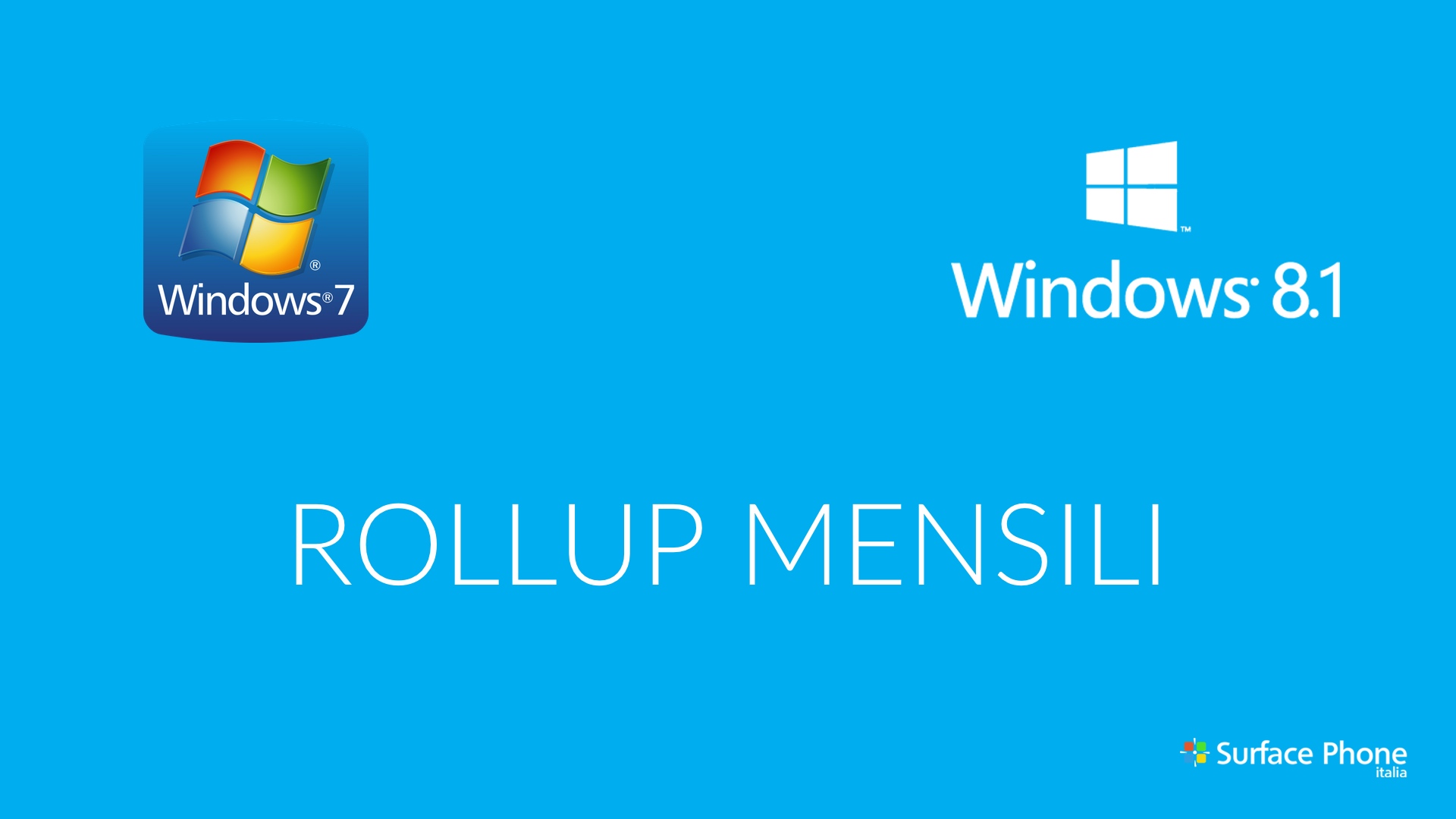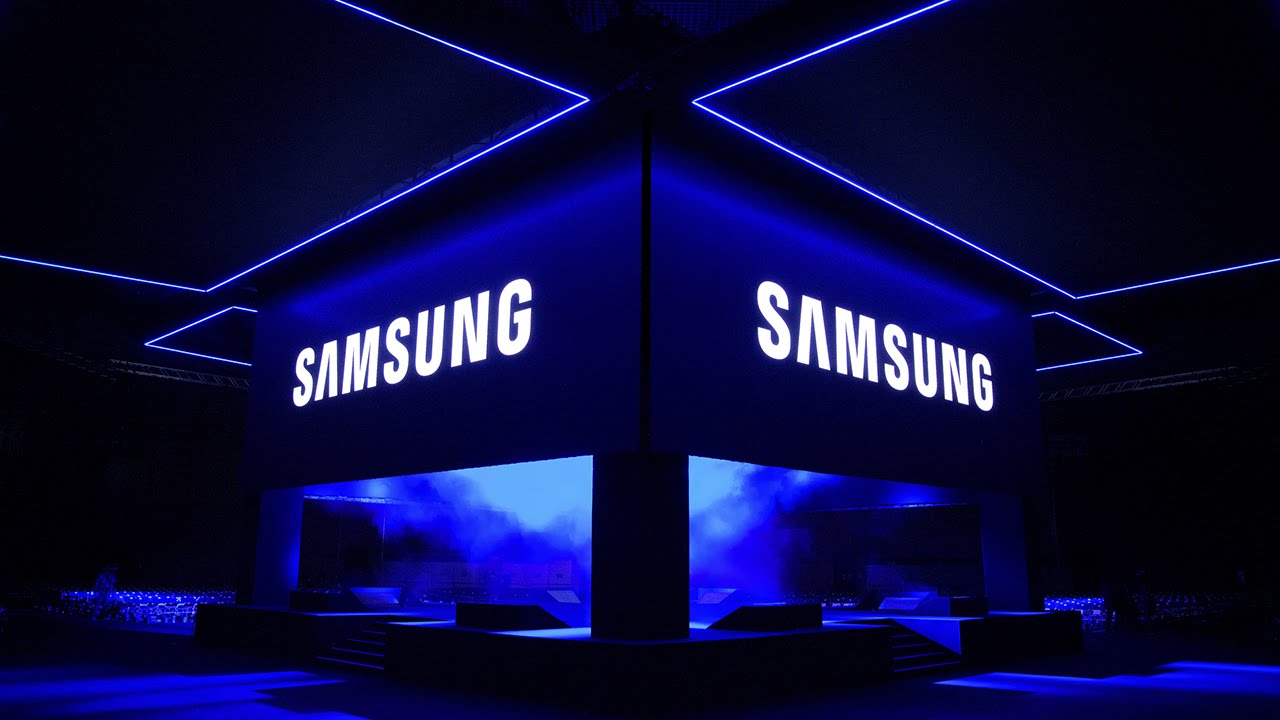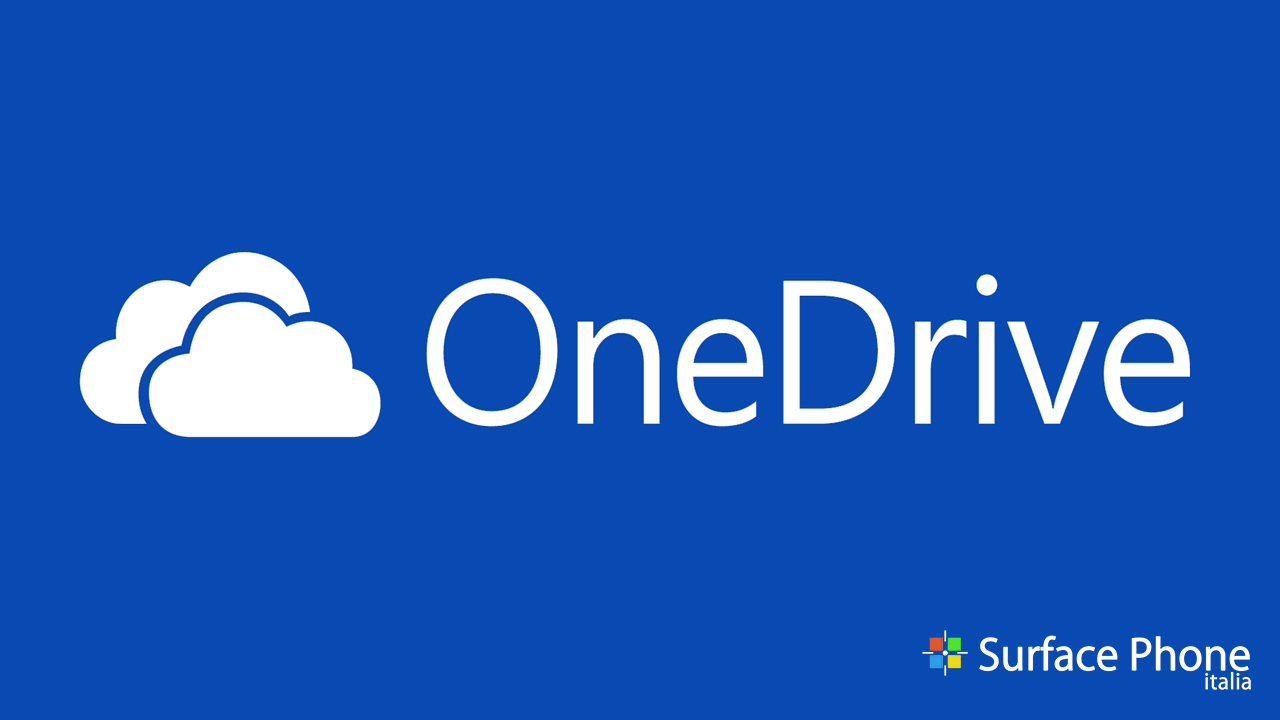
[Aggiornamento di Ottobre] Iniziano i Rollup! Gli aggiornamenti cumulativi di questo mese includono miglioramenti per Windows 8.1 e per Windows 7.
In particolare, Windows 8.1 riceve l’update cumulativo KB3185331:
- Security updates to Microsoft Video Control, kernel-mode drivers, Microsoft Graphics Component, Windows registry, and Internet Explorer 11.
Nel frattempo, Windows 7 riceve l’update KB3185330:
- Security updates to Windows authentication methods, Internet Explorer 11, Microsoft Graphics component, Microsoft Video Control, kernel-mode drivers, Windows registry, and Microsoft Internet Messaging API.
—————————————————————————
[Aggiornamento di Agosto] Sebbene i Rollup inizieranno a Ottobre, Microsoft ha rilasciato degli aggiornamenti cumulativi per Windows 8.1 e per Windows 7.1 SP1 per il corrente mese di Agosto.
Windows 7 SP1 e Windows Server 2008 R2 SP1 ricevono l’aggiornamento KB3179573:
- Improved performance on specific networks that have a high-bandwidth and low latency.
- Addressed issue with users encountering a bugcheck, when trying to access a domain DFS namespace (for example, \\contoso.com\SYSVOL) on a computer that is configured to require mutual authentication (by using the UNC Hardened Access feature).
Windows 8.1, Windows RT 8.1 e Windows Server 2012 R2 ricevono, invece, l’aggiornamento KB3179574:
- Addressed issue that causes Windows Gateway to remain disconnected instead of failing over when a failure occurs.
- Addressed an issue that didn’t prevent other applications from using the desktop area used by application desktop toolbar (also called “appbar”) when run as a RemoteApp.
- Addressed an issue with OLE drag and drop in SharePoint after installing KB3072633, that prevents the download of a file by dragging and dropping it from Internet Explorer to Windows Explorer.
- Addressed issue in the Windows kernel that causes Skype for Business (previously known as Lync) to stop working.
- Addressed issue that prevents the disabling of read or write access to removable storage media when the Audit Removable Storage Group Policy is enabled and prevents applying a Group Policy at the user level.
- Addressed issue that causes the loss of available memory when running queries using the domain name service (DNS).
- Improved performance by addressing an issue that was causing duplicate broadcast data packets to be received by each network interface card (NIC) and sent to applications, when NIC Teaming or Load Balancing/Failover (LBFO) is set-up in active/passive mode.
- Addressed issue that prevents the automatic deletion of Extensible Storage Engine (ESE) transaction logs after reaching the threshold. The issue can occur if ESE transaction logs are being taken periodically such as Dynamic Host Configuration Protocol (DHCP).
- Addressed issue that sometimes causes backups to fail or servers to hang with drivers that use the IoVolumeDeviceToDosName() routine.
- Addressed issue that was resulting in a spike in DNS entries, when DNSSEC validation is enabled in an environment where there were queries for nonexistent DNS records in domains where the DNS servers have conditional forwarders.
- Addressed issue with domain controllers that periodically reboot after a Local Security Authority Subsystem Service (LSASS) module fault, causing the interruption of application and services that are bound to the domain controller at that time.
- Addressed issue with DNS servers that get stuck in a loop and stop responding to DNS queries.
- Addressed issue with cluster services that stop working when network loss logging occurs. This occurs when a network connection is down and virtual machines (VM) are configured with one possible owner.
- Addressed issue that allows users to change a password from an external network via Wireless Application Protocol (WAP) when Proxy Enabled is set to No. This happens in an environment that uses Active Directory Federation Services (ADFS) and Web Application proxy (WAP) for authentication.
- Addressed issue with data loss if a failover occurs when a Network File System (NFS) client tries to write data to an NFS server.
- Addressed issue in Server Message Block (SMB) server that causes the server to crash intermittently with error 0x50.
- Certificate logon fails with error code 0xC000006D (error message: “The attempted logon is invalid. This is either due to a bad username or authentication information.”) or 1326 (error message: “Logon failure: unknown user name or bad password.”) This problem may occur if there are multiple certificate logon attempts being processed simultaneously by a Windows Server 2012 R2 Domain Controller.
- Addressed issue that causes the server to bugcheck when mounting an NFS share after installing KB3025097.
- Addressed issue with users seeing an “Access Denied” error message, when trying to access a domain DFS namespace (for example, \\contoso.com\SYSVOL) on a computer that is configured to require mutual authentication (by using the UNC Hardened Access feature).
- This problem may occur if the selected domain controller has security update KB3161561 installed, and if the SmbServerNameHardeningLevel registry entry is configured to a non-zero value on the domain controller.
- Addressed issue that causes domain controllers (DC) to stop working when generating compounded tickets.
————————————————————————————————————————————————————————————————————————-
Windows 10 si aggiorna ogni mese sotto forma di build nuove; Microsoft ha pensato di supportare Windows 7 e 8.1 tramite aggiornamenti mensili (Rollup), in maniera analoga a Windows 10, a partire da Ottobre. Gli update mensili sono disponibili, in particolare, per le seguenti versioni di Windows:
- Windows 7 SP1
- Windows 8.1
- Windows Server 2008 R2
- Windows Server 2012
- Windows Server 2012 R2
Patch? Non più: i Rollup eliminano la frammentazione degli update
Come spiegato in questa pagina, gli aggiornamenti mensili saranno più specificatamente dei Rollup, ossia un insieme di patch unite in un unico aggiornamento e di tipo incrementale (per esempio, l’aggiornamento di Dicembre includerà anche gli aggiornamenti dei mesi di Novembre e Ottobre):
Each month’s rollup will supersede the previous month’s rollup, so there will always be only one update required for your Windows PCs to get current. i.e. a Monthly Rollup in October 2016 will include all updates for October, while November 2016 will include October and November updates, and so on.
Quali sono i vantaggi rispetto ai classici update basati su patch singole? Principalmente, si elimina la frammentazione degli update fra i computer: dovendo scaricare un patch alla volta, un utente potrebbe averne installate alcune, mentre un altro potrebbe averle installate tutte e un altro ancora potrebbe non averne installata alcuna; con i Rollup mensili, i computer degli utenti avranno tutti la stessa configurazione di update, eliminando le disparità di patch. La diretta conseguenza è che i computer aggiornati saranno allo stesso livello di sicurezza informatica, poiché i rollup includeranno patch di sicurezza e stabilità (nessuna funzionalità nuova).
In sintesi, Microsoft farà in modo che scaricando un singolo aggiornamento si possano portare diversi computer ad avere lo stesso livello di patch e aggiornamenti. Molto interessante, considerando anche che, nel tempo, i Rollup includeranno anche le patch rilasciate in passato, non solo quelle nuove.
Cosa pensate del nuovo sistema di aggiornamenti? Dite la vostra nei commenti!
ArrayPer restare sempre aggiornato sulle ultime novità scarica la nostra APP ufficiale oppure iscriviti alle nostre notifiche istantanee oppure seguici su Facebook, Twitter, Telegram e Instagram!



![WSATools: attualmente non disponibile [Agg.2 Disponibile] WSATools](https://windowsinsiders.com/wp-content/uploads/2021/11/WSATools-m-218x150.jpg)


![WSATools: attualmente non disponibile [Agg.2 Disponibile] WSATools](https://windowsinsiders.com/wp-content/uploads/2021/11/WSATools-m-100x70.jpg)


